For the Leo Baeck Institute, an archive of German-speaking Jews, C&G Partners designed a year-long anniversary commemoration and education program around a challenging period in world history. The entire experience was oriented around a unique social media campaign, with daily “posts from the past”, reprising the foreboding events leading up to the deadly moment of Kristallnacht in 1938.
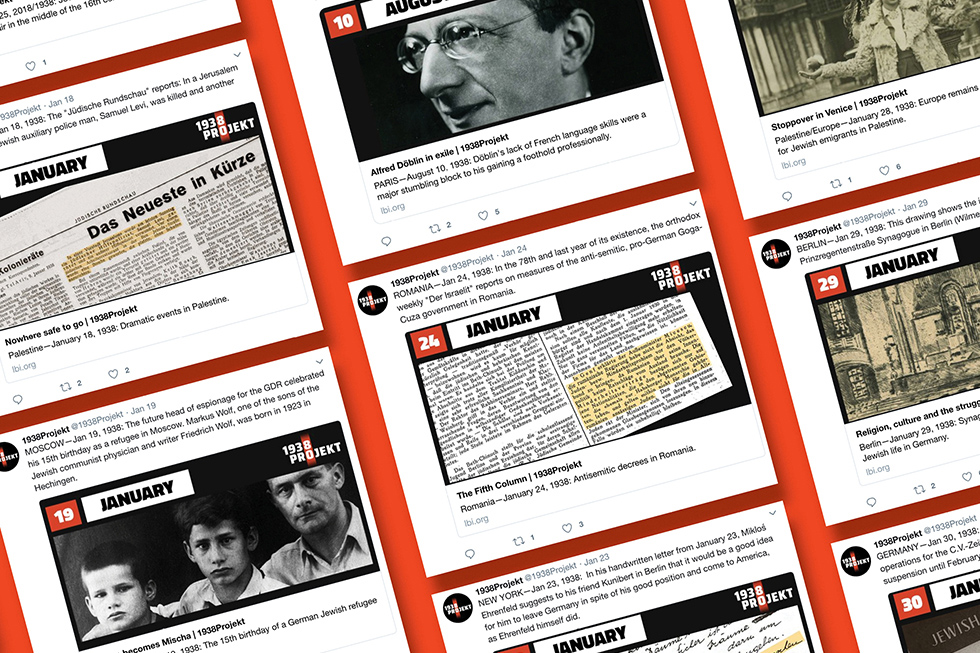
This anniversary commemoration program dedicated to preserving the historical memory of German-speaking Jews during the tumultuous events leading up to Kristallnacht and the subsequent Holocaust is an immersive experience that unfolds across various platforms, including social media, websites, and exhibitions. Each day, carefully curated archival documents are unveiled, offering a glimpse into the harrowing experiences of individuals during the corresponding dates in 1938. This daily procession of handwritten letters, poignant diary entries, evocative photographs, and other archival materials comes together to form an ever-expanding online calendar, bringing the past to life in real time.
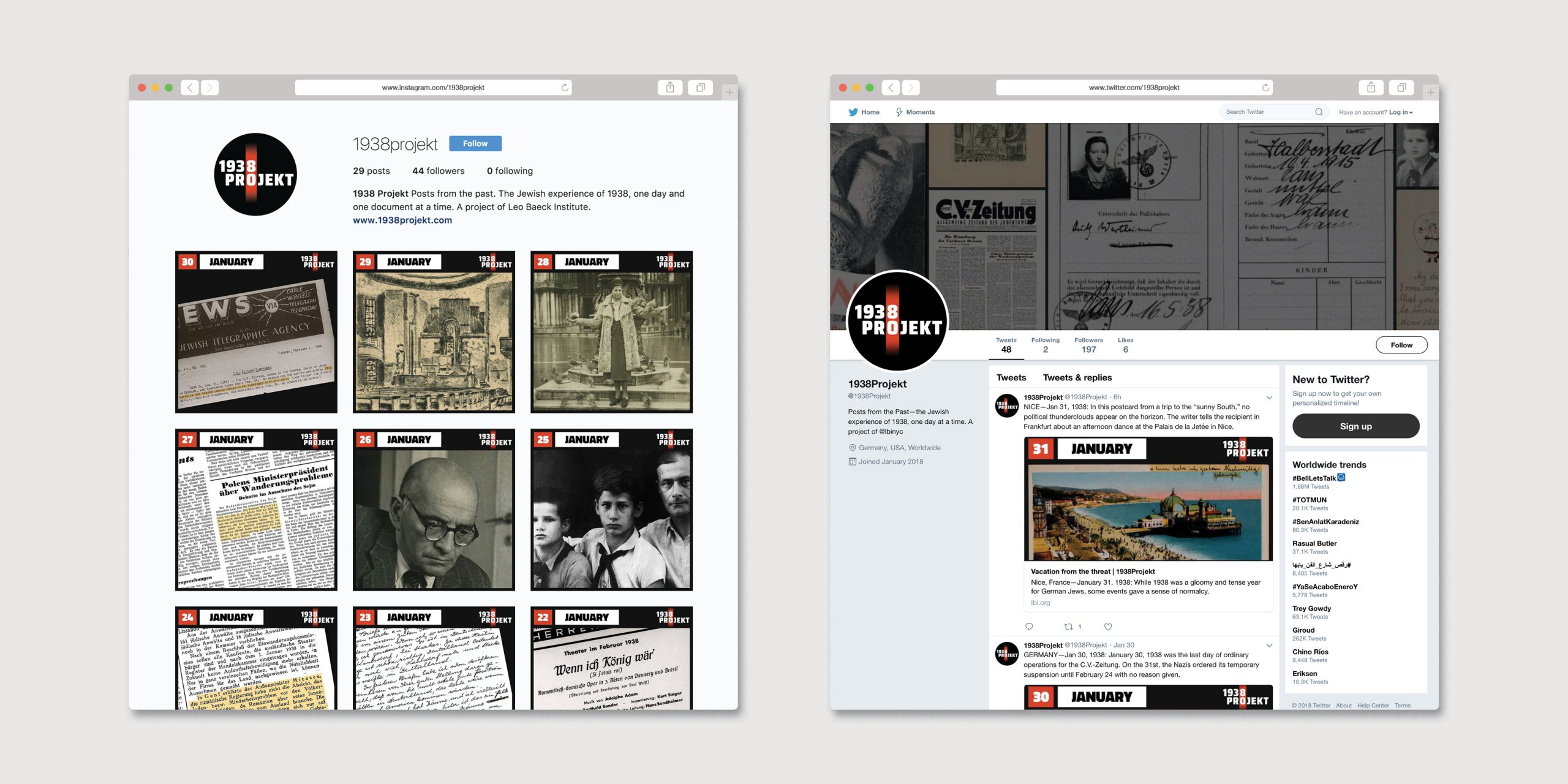
The deliberate pacing of these document releases creates a grim sense of anticipation, akin to immersing oneself in the pages of a Holocaust-era diary. As readers follow along, the haunting chronicle of events gradually unfolds, holding their attention and fostering a deep connection to the lived experiences of that era. In addition to meticulously crafting the visual identity, social media strategy, and website design, C&G created an exhibition in the USA and a traveling exhibition in Germany, ensuring that the significance of this historical narrative reached a wider audience.
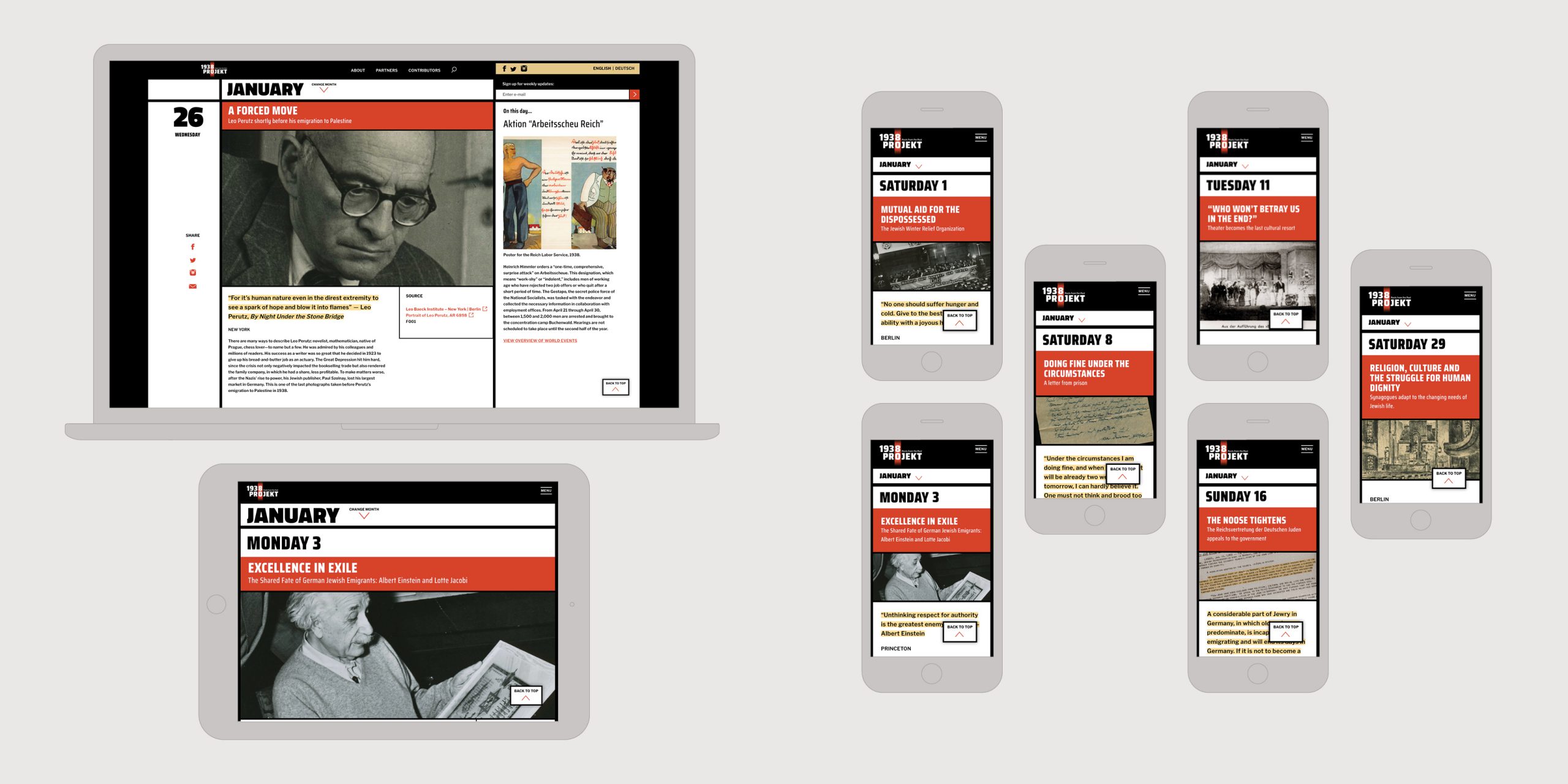
The American exhibit serves as a tangible embodiment of the project, featuring enlarged reproductions of 36 carefully selected archival documents that have been prominently showcased online and on social media throughout the year. These striking visual representations offer visitors an immersive and thought-provoking experience, inviting them to delve deeper into the stories embedded within each document. To seamlessly integrate the website’s content into the exhibition space, a dedicated kiosk has been designed, enabling visitors to explore the digital archives firsthand, bridging the gap between the physical and virtual realms.
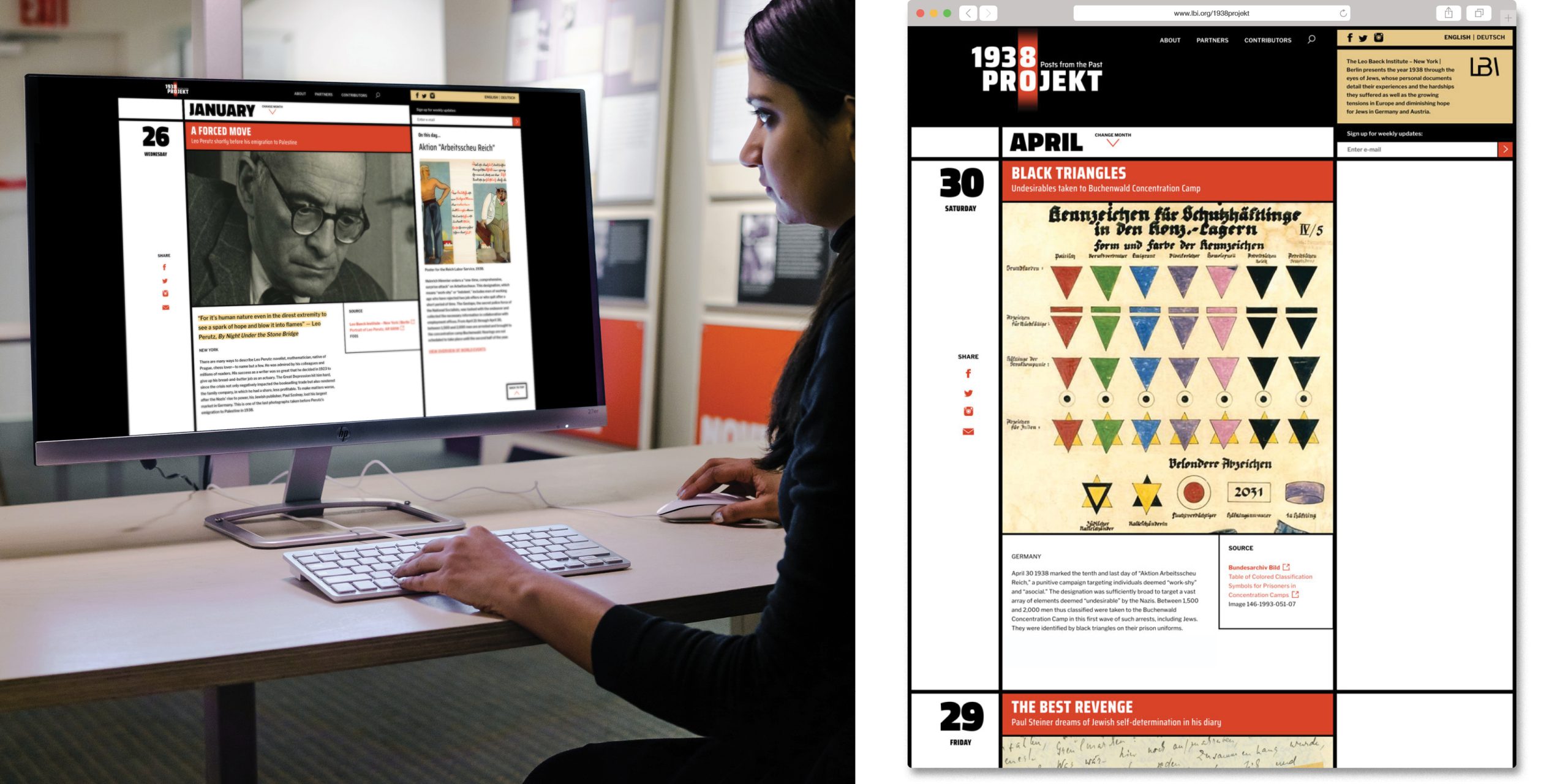
With a steadfast commitment to ensuring a cohesive and engaging experience across all channels, the design approach employs a distinctive and easily recognizable branding, underscoring the importance of chronological accuracy in conveying the story of 1938. By “dating” each document in chronological order as it is unveiled, the project guides visitors through the unfolding narrative, providing a comprehensive understanding of the historical context. The graphic design elements pay homage to the modernist aesthetics of the late 1930s, drawing inspiration from the iconic Bauhaus style, further immersing visitors in the era’s visual landscape.
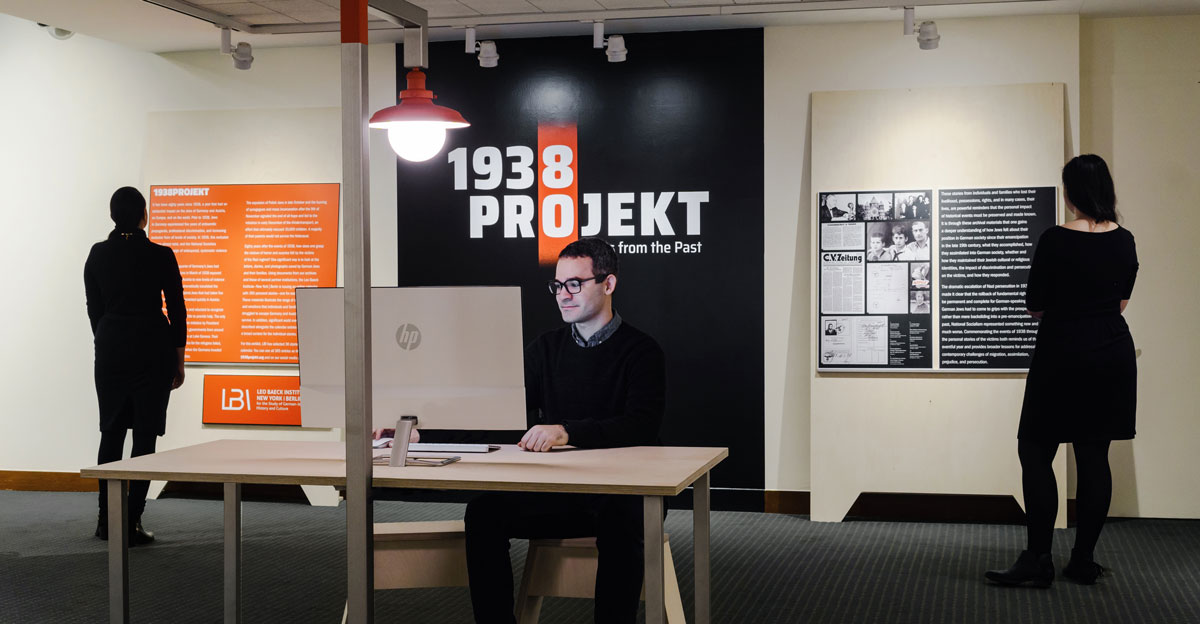
This comprehensive and multi-dimensional approach to preserving and sharing history serves as a poignant reminder of the human experiences that unfolded during those dark times. By intertwining social media engagement, immersive exhibitions, and meticulous design, the project not only commemorates the past but also empowers present and future generations to bear witness to the atrocities committed and foster a collective commitment to prevent such horrors from recurring.
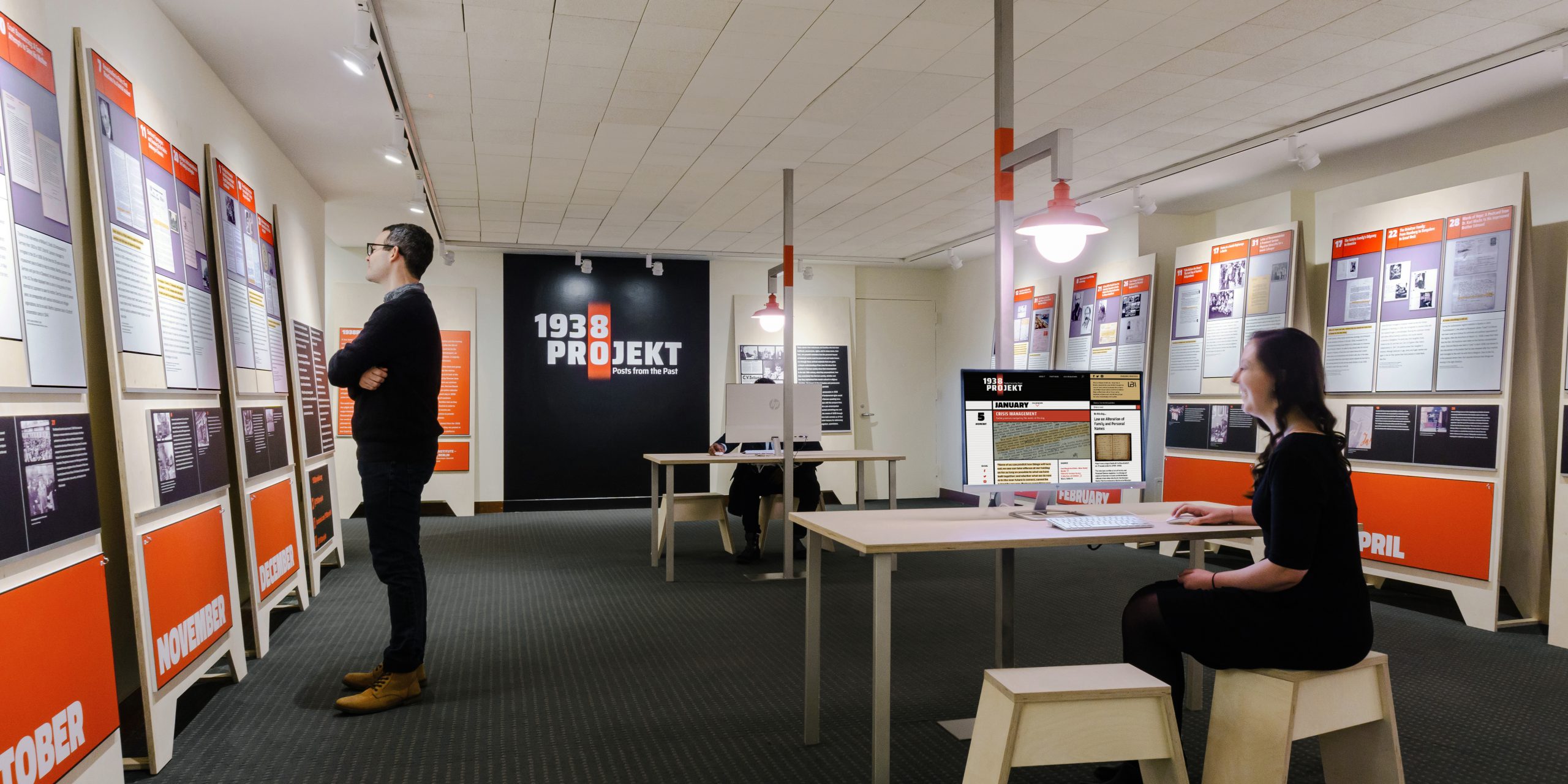
Each archival document serves as a testament to the resilience, bravery, and enduring spirit of those affected by the events of 1938. By embracing the power of storytelling, visual design, and digital connectivity, the 1938 Projekt aimed to ensure that these stories would live on, inspiring empathy, understanding, and a commitment to building a world free from hatred and persecution.
![C&G Partners [logo]](https://www.cgpartnersllc.com/wp-content/uploads/2022/07/CGP_Logo-black.png)